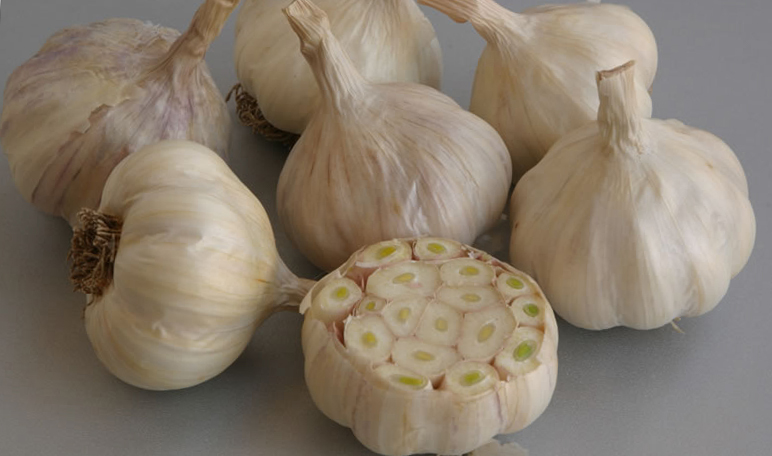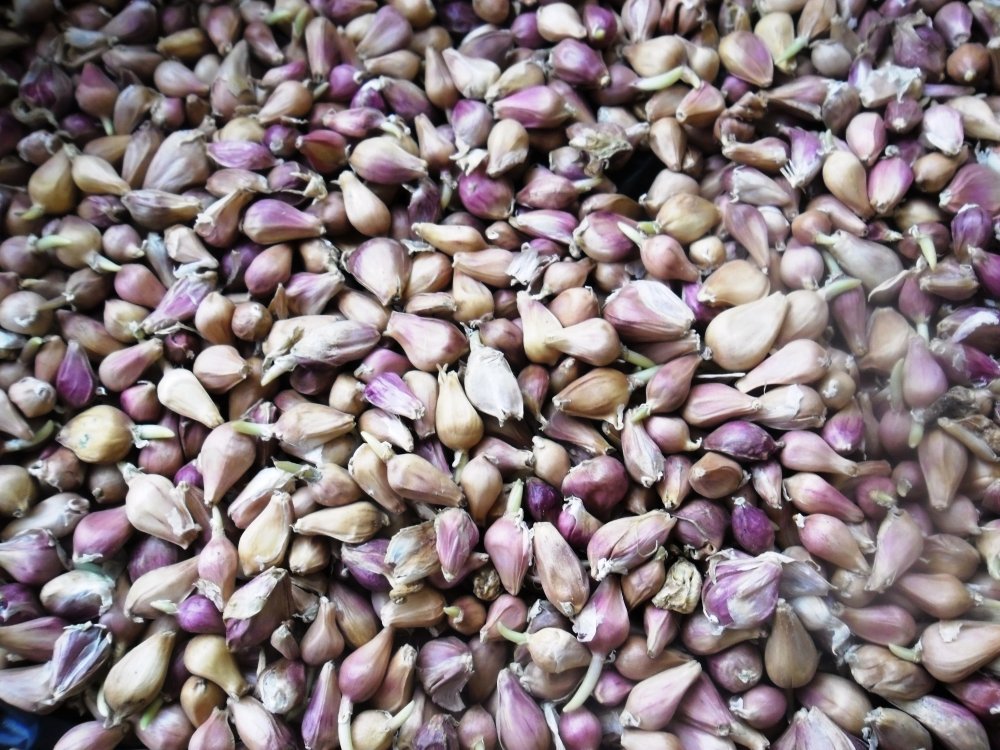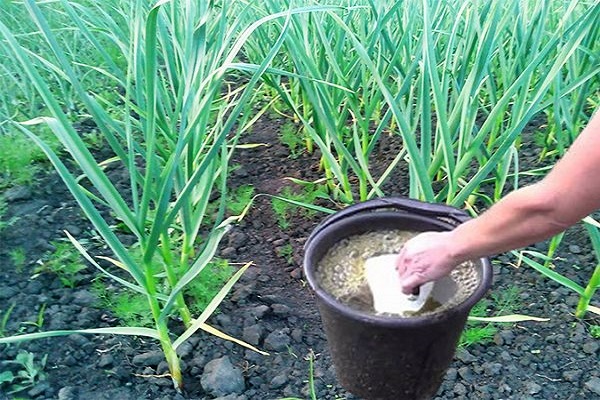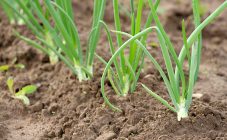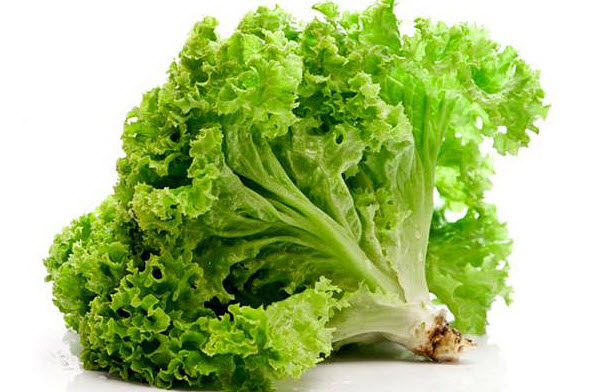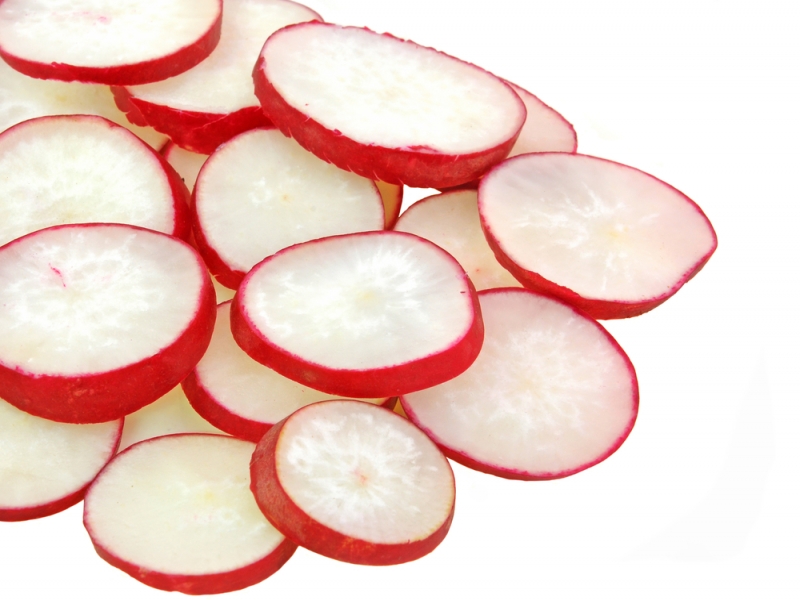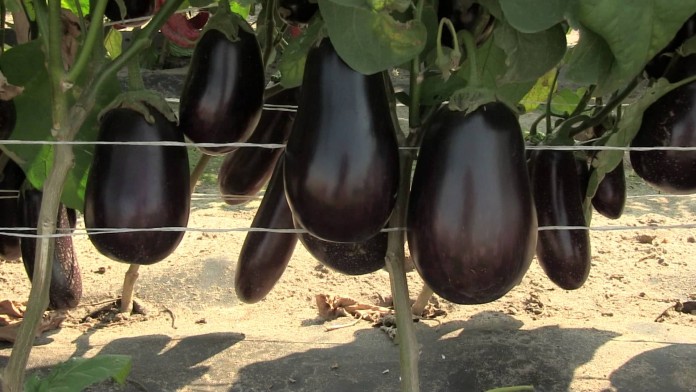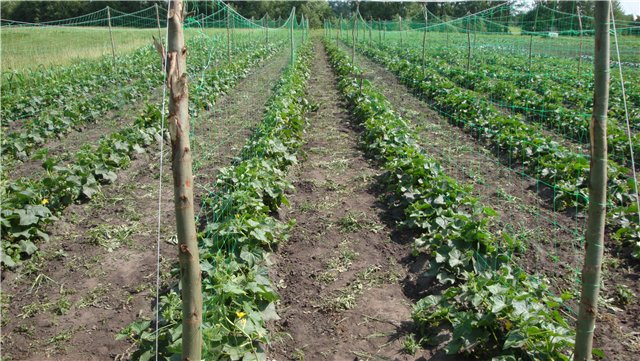A favorable period for planting hot and spicy garlic is spring or autumn. Many experts claim that early planting saturates the culture with a large amount of vitamins and nutrients. In addition, the shelf life will be longer. How to plant garlic? The technology is very simple. A beginner can also handle it.
A little about culture
To get a rich harvest when planting garlic, you need to clarify a few interesting points. Culture reproduces in different ways:
- teeth;
- seeds.
The first method is to cultivate the garlic that does not release the arrows when grown, therefore, the second, on the contrary, is the vegetable from which they grow. Garlic does not give seeds in our usual form. For reproduction, use the bulb, which is the tip of the arrow.
There are only two varieties of this culture:
- Winter. It can be with an arrow, or it can be without it.
- Spring. He never lets out a shooter.
It is not difficult to distinguish these varieties from each other. For example, the following are the signs of spring garlic:
- Small head, forming from several rows;
- Small denticles are arranged chaotically;
- The shell is thin and soft;
- This garlic is less spicy due to the higher sugar content in the composition (by 10-20%);
- The vegetable is stored for 1-2 years.
Signs of the winter variety:
- Large denticles;
- A large head is usually formed from one row;
- The shell and inner core are firm to the touch;
- A more pungent taste, the vegetable is stored for a short time - only 3-4 months.
The landing dates in each part of the country of Russia will be different. But it is worth remembering some points:
- Seedlings before the onset of frost should acquire a powerful root system. It takes about 3-4 weeks for the plant to acquire it. From this it follows that garlic should be planted in autumn in late September or early October;
- In the spring, planting should be done when the snow has completely melted from the ground and the air warms up to + 5 ° C. In the southern regions of the country it will be the end of March, in the Moscow region - mid-April, and in the Far East, the Urals or Siberia - the beginning of May.
Soil preparation
Garlic is not capricious. It will sprout where it was planted. Nevertheless, in order to get a bountiful harvest, it is advisable to prepare the soil. The culture prefers the following growth conditions:
- Loamy and chernozem soil, the acidity of which should be neutral;
- Choose a sunny place with level soil. In darkened areas, garlic grows weakly, and in lowlands it can generally rot;
- The culture is not planted in the place where onions, carrots, peppers, herbs grew. These plants have a short root system, like garlic. They have already selected all the substances necessary for the culture from the upper layers of the soil;
- To avoid damage to the roots, the groundwater level should not exceed 2-2.5 m;
- Cabbage, peas, squash, pumpkin, beans, and cucumbers are good precursors. Can also be planted after tomatoes and beets, although this is not the best option;
- You can't use the place where garlic grew last year. The garden will only be suitable for growing this vegetable again after 4 years.
It is necessary to prepare the soil at least 2 weeks before planting, and even better a month. This process consists of the following steps:
- The soil must be dug to a depth of no more than 20 cm, removing weeds along the way.
- Then it is carefully loosened so that the earth is saturated with oxygen.
- Thoroughly disinfect the soil with a solution of copper sulfate.
- After a while, fertilizers are applied. The culture reacts well to organic matter, in particular to ash, as well as to superphosphate, dolomite flour and potassium salts.
- In autumn, humus and nitrogen fertilizers cannot be used.
Sowing seeds
This method of growing a vegetable is very popular among experienced gardeners. The reason lies in the quantity and quality of the planting material. For example, one bulb contains about 100 seeds that can be planted on the site. And one head has only 10 teeth.
In addition, garlic arrows have a special coating that prevents the growth of fungus in the seeds. The teeth in the head are not protected by anything. The use of bulbs for propagation guarantees a good harvest, preventing crop degeneration.
How to plant garlic in spring correctly? First you need to prepare material for planting, they do this in the second half of July. At this time, the protective shell on the arrow bursts, exposing the seeds. This part is cut off and placed in storage until next planting.
Sometimes the shell won't break in any way. Many people prefer to wait for this to happen. They believe the seeds are simply not ripe. But there is a way to determine if this is actually the case. It is enough to examine the leaves of the plant. If they are yellow, then the seeds are definitely ripe, and it's time to collect them. If they are green, then it makes sense to wait a little longer.
To store the material, choose a warm and dry place where the air temperature does not rise above 20 ° C. A month before the start of sowing, read the preparation of the bulb. Indoors, the temperature is gradually reduced to 5 ° C. Such conditions are a catalyst for the onset of vegetative processes.
A week before planting, the desired material is dried, and then soaked in a weak solution of potassium permanganate. Some gardeners recommend that you temper your seeds by keeping them in the refrigerator. Planting garlic in the open ground in spring is done using the same technology as in autumn.
Step-by-step instructions for planting garlic are as follows:
- On a dedicated plot of land, the soil is prepared when the air temperature is already above 5 ° C.
- Grooves are made in it, 5-7 cm deep, the bottom of which is sprinkled with river sand.
- Seeds are sown 3 cm deep. The distance between them should be at least 5 cm.The next row should be at least 10 cm.
- Plantings are watered and covered with soil.
- A pillow is made of peat or sawdust on top, 2 cm thick.
There is one interesting feature when growing a vegetable with seeds, namely: in the first year, an onion (or one-tooth) grows from them. You can use it for food, but it is better to leave it for planting. In the second year, the garlic head already familiar to us will appear from the one-tooth. In other words, it will not be possible to collect a full harvest in the first year.
Seedling care
Growing garlic on your site is a snap. Like many other cultures, caring for it consists mainly of three procedures:
- Regular watering.
- Timely weeding.
- Fertilization.
A large amount of water is required for the plant only at the beginning of the growing season in the spring. Moisture is needed for the active formation of vegetable foliage. If the climate is dry, then water the seedling every day. In a rainy spring, the procedure is performed less frequently.
When the vegetable has 5-6 leaves, an onion will begin to form. This is already the summer period of the year. Watering remains, but it needs to be reduced, to about 1 time per week. Otherwise, the root system may rot due to high humidity.
At the end of July or in August, that is, a couple of weeks before the expected harvest date, watering is stopped completely. By this time, the roots of the seedling are no longer needed, since active growth slows down, and they dry out. Lack of water will help the heads dry before collection. Watering is carried out during the day, but in the absence of a bright sun.
Weeding is carried out regularly, but at least 1 time per week. The most important thing is that the soil is free of weeds. In addition, so it is saturated with oxygen.
As for fertilizers, the soil is processed approximately once every 2-3 weeks. It is recommended to alternate mineral dressings with organic ones. For example, you can fertilize the soil with manure, bird droppings, or wood ash. For this, 100 grams of substances are taken, they are diluted in 1 bucket of water. The liquid should be infused, then each seedling is watered with 0.2 liters of solution. Such feeding is very useful in the first month of vegetable growth.
From mineral fertilizers, garlic will need potassium and nitrogen substances. They are bred according to the instructions, usually 20-25 grams per bucket of water. Urea has a good effect on cultures, it is soaked in advance.
Harvesting and storage
When the top of the plant dries up, the garlic harvest begins. By this time, the leaves are bent to the ground, and the tips turn yellow. This usually happens in August, but in more northern regions, for example, in the Leningrad region, this period will fall on September. The harvested vegetables must be dried.
The best storage place is in a warm, dry closet or at home on a windowsill. Garlic does well in wooden or plastic boxes during winter. The room must be regularly ventilated to avoid the appearance of mold.
Garlic saves a person from a lack of vitamins in winter. In addition, it can add interesting flavor to many dishes. How to plant and care for garlic? This is a simple process, it is enough to follow the above recommendations.
